Joshua Bell is the musical director of the Academy of St. Martin in the Fields, a soloist, and a former child prodigy — in other words, he’s one of the most talented names in the classical world.
He decided to perform a busking “experiment” at a Washington Metro station. After playing to a crowd of more than 1,000 people, only seven stopped to listen.
Why?
His musical genius was out of context. There was no announcement of who he was, and the busy people around him weren’t expecting to have their ears tickled with soothing melodies among the clashing of train cars.
Let’s take this metaphor and apply it to digital advertising. What surrounds your ad, or the context your ad is in, can be just as important as who’s viewing it.
You’ve heard the saying that “content is king.” But in the advertising world, context is the new king, and the content that surrounds your ad matters.
Let’s look more closely at the importance of context, and how you can use contextual targeting on news sites to make sure your digital advertising efforts are well received by your audience.
How Brands Benefit from News Context and Publisher Trust
What surrounds your ads on the page, and the moment your ads are presented, are just as significant as the person receiving them. And more advertisers are learning that news sites are the ideal marriage for these conditions.
Ads placed on premium publisher news sites are housed in a trustworthy environment, and news sites provide advertisers the ability to be shown in the right context.
In fact, in a recent study by IAB, 84% of news consumers said that they maintained or increased trust for brands that advertised on their preferred news sources. IAB refers to this as “The News Trust Halo.”
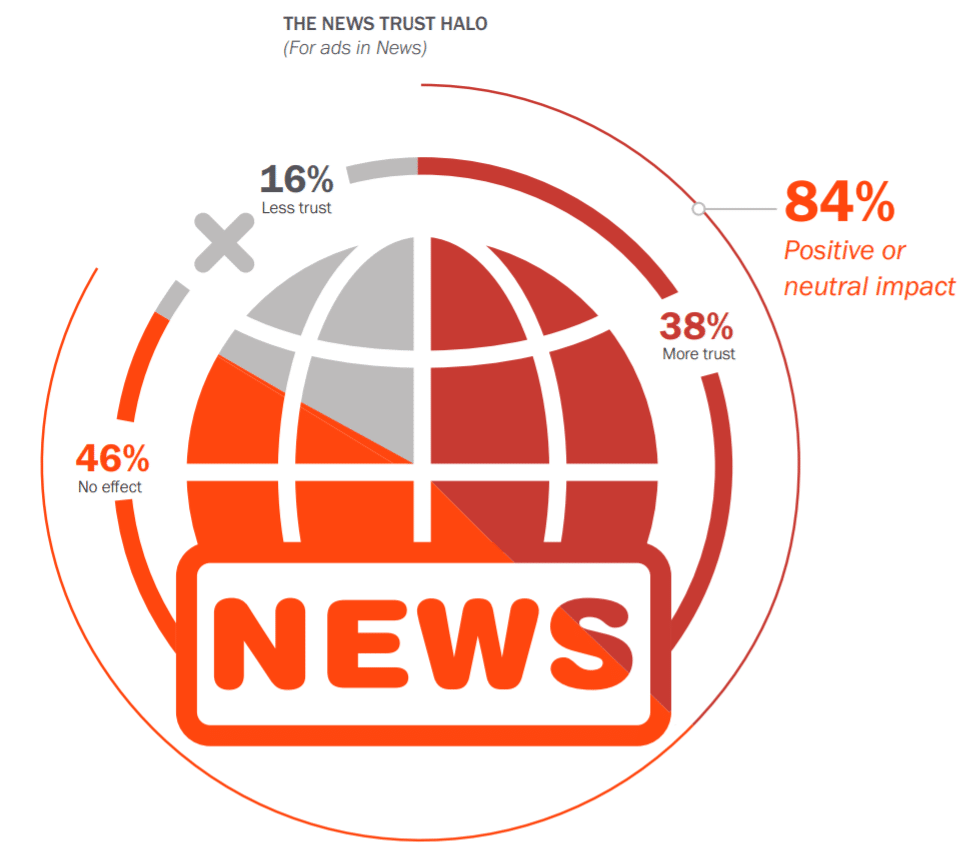
(Source)
In addition to more trust in news sites overall, many participants said they’d be more likely to engage with the brands placed on their most-loved new sites:
- 45% of participants said that they’re more likely to visit the brand’s website.
- 43% of participants said they would consider making a purchase from the brand.
Search and Social Ignore Context and That’s a Problem
The erosion of consumers’ trust in social media channels has been growing for some time, and that negative impression impacts brands that choose to advertise on those platforms. A recent eMarketer report noted that only 19% of consumers trust ads on social media. These results are more important than ever in a time where social media and search environments are overly saturated (OR) performance is costly.
That’s because, in these environments, ads can be:
- Placed beside user-generated content (UGC) that brands can’t control
- Skipped when they’re presented before a video that someone really wants to see
- At worst, placed in an entirely irrelevant environment to be promptly ignored
In some cases, social environments alone can’t cut it. This was the case for Universal Music Group (UMG), a Taboola client representing heavy metal band Metallica.
UMG turned to Taboola’s premium publisher network after they realized quality audiences in the German market couldn’t be reached through social environments. The campaign saw more than 260,000 video impressions in just four weeks.
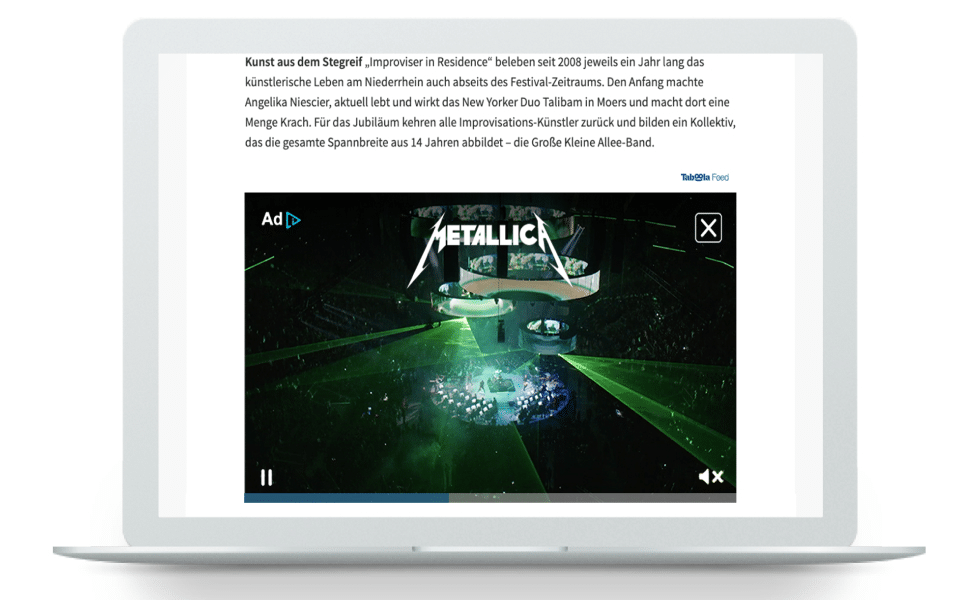
(Source)
Roborock is another excellent example of an advertiser that needed to expand its campaigns beyond Facebook and Google to reach more audiences at scale.
The brand ran video campaigns across Taboola’s premium publisher network and amassed over 18 million impressions and more than 4 million completed views with a 25% decrease in CPM.
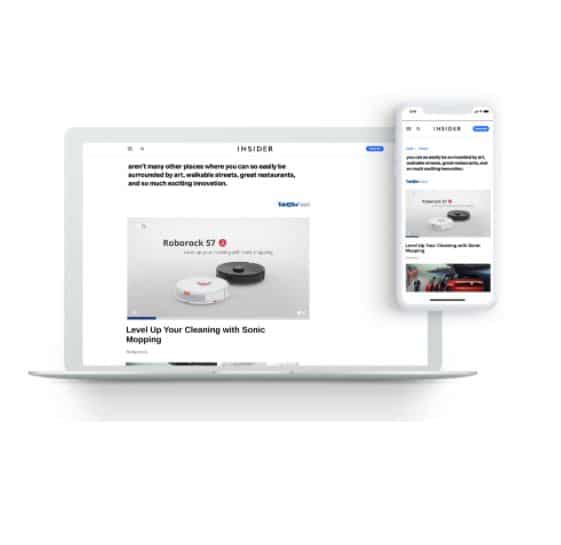
How Contextual Advertising Respects User Privacy
Context provides the invitation for users to engage with ad campaigns, but it also extends to how brands reach and target consumers. Contextual targeting is the answer to consumers’ demand for privacy concerns, the increasing regulations governments enact, and the changing tech environment.
In 2021 and beyond, we’re seeing big strides toward protecting user privacy — including the deprecation of third-party cookies. This territory comes with limiting the amount of personal data that can be accessed by advertisers.
This is an issue because, outside of social platforms like Instagram and Facebook and video platforms like YouTube, advertisers have traditionally heavily relied on third-party data sources to reach the right audience. And with privacy protections growing stricter, this tactic is going to get harder moving forward.
Contextual targeting on news sites will be part of the answer. Through contextual targeting, brands can choose the news topics they want to be next to, as well as the publications they want to be associated with. By targeting article topics, brands will consequently reach the consumers reading them without needing to rely on personally identifiable information (PII) or cookies.
Take Valueleaf for example, an India-based performance marketing agency that needed to increase their traffic quality and conversions for two major clients.
Valueleaf turned to Taboola’s contextual targeting technology to find audiences who were already consuming relevant content — and they generated more than 5,000 leads per month, as well as a 50% lower cost per acquisition (CPA) and a 0.6% – 0.8% higher click-through rate (CTR) than their other marketing mix channels.
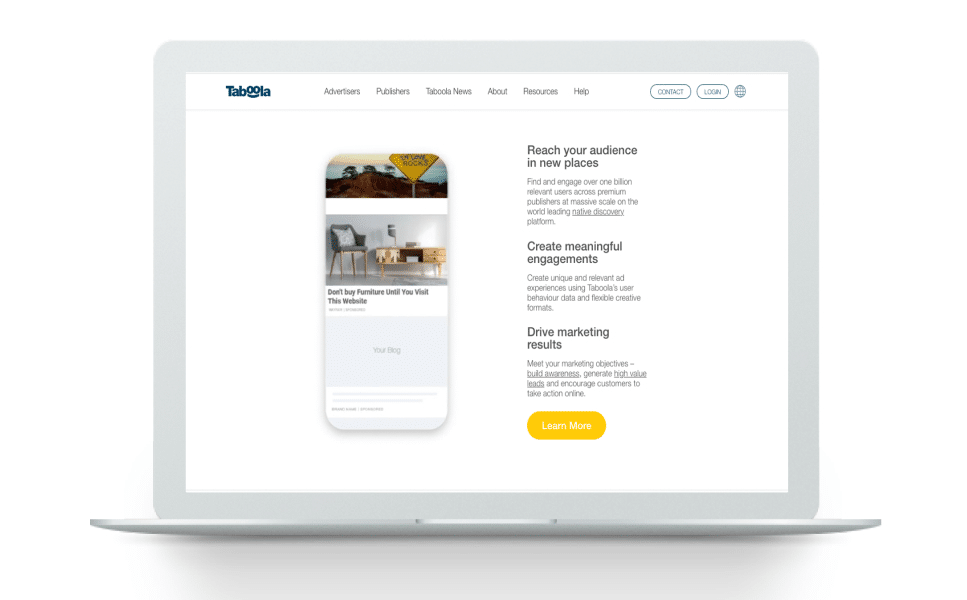
How Contextual Targeting (Actually) Works
Contextual targeting takes a deep dive into understanding your ideal audience. Specifically, it involves the types of pages and articles that your audience is most interested in consuming on publisher sites across the open web.
Since Taboola was created, it has continuously processed huge amounts of contextual signals. This has helped build a machine learning algorithm that understands the relationship between the text in an article and the page’s contextual classification.
Currently, Taboola collects and analyzes data from 9,000+ publisher partners and billions of clicks and impressions to generate insights advertisers can combine with contextual intelligence to deliver compelling campaigns that reach the right audience.
This helps us to place our partners’ ads on pages where audiences are truly listening — and with incredible results.
Naked Wines learned about this first hand when they partnered with Taboola to attract new signups to their customer-funded wine service.
The campaign used contextual targeting (among other tools and features) and saw an incredible 8,000 signups in the UK, US, and Australia in eight months. They also saw a 33% higher lifetime value (LTV) than average.
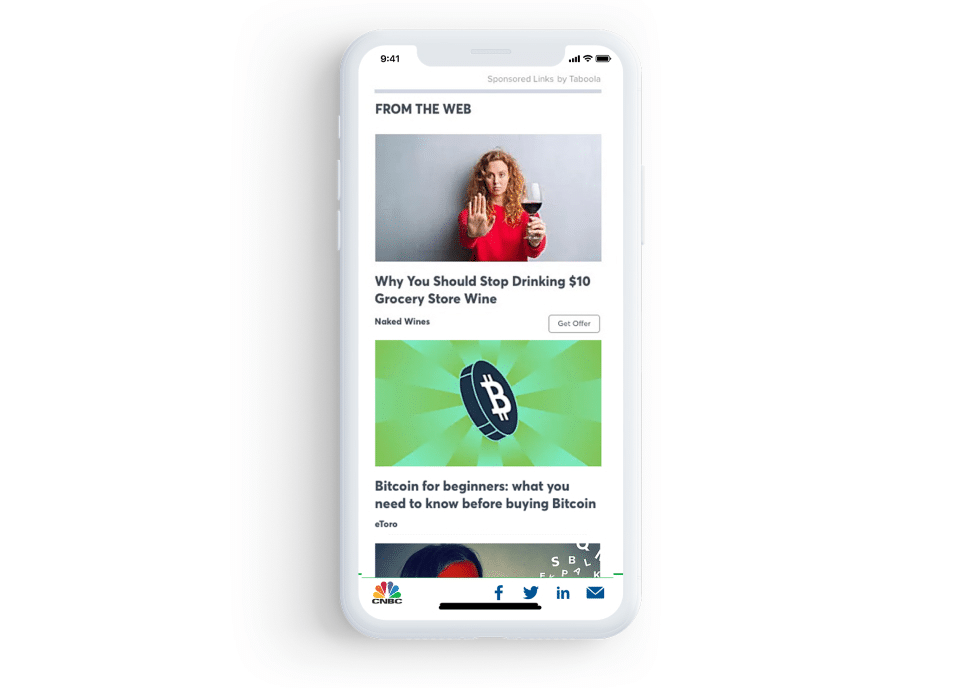
And, as a bonus, Taboola has first-party cookies because Taboola is a recommendation engine for its publisher partners, which helps to “future-proof” our partners’ campaigns as third-party cookies become unavailable.
How Context Leads to and Promotes Brand Safety
Brand safety and suitability are top concerns for advertisers today, and with good reason, given the backlash that can occur when ad content appears next to content consumers deem unsafe.
Considering that 60% of consumers are unlikely or very unlikely to purchase products or services from a brand advertising near unsafe content on social feeds, ensuring content is in a controlled and monitored environment is paramount.
Taboola partners with some of the most trusted brand safety and measurement platforms to give brands the confidence they need to know their safety needs are met, and brand reputations are never compromised.
Context Plus Location: A Winning Combo
Brands that advertise on the open web and use contextual targeting are already setting themselves up for success when it comes to boosting brand awareness and recall, given that:
- Ads on premium publisher sites deliver 130% higher attention than social media platforms.
- Contextually relevant ads increase neural engagement by 43% and produce 2.2X better ad recall.
However, not all ad placements on the open web are equal, and ad placement is just as important as the context surrounding it. Banner ads on the side rails will attract less attention than an ad in a high-impact area such as within an article.
That’s why Taboola created a High Impact solution that places ads in the most impactful areas across premium editorial sites, including on a publisher’s homepage and section front, mid-article, at the top of Taboola Feed, in Taboola Stories, and in mobile-integrated news feeds.
Lily’s Kitchen discovered the benefits of High Impact placements when the brand turned to Taboola to drive brand awareness and scale its audience outside of search and social channels.
The brand launched video creatives at the top of the Taboola Feed and mid-article, earning over 1.1 million completed views in just eight months. Over the campaign’s lifespan, vCTR increased by 9%, and the completion rate increased by 14%.
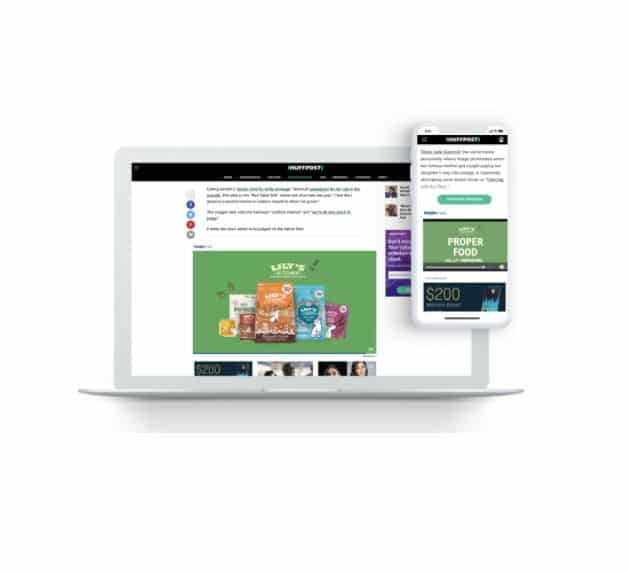
The Future Is Here — Are You Ready?
As we navigate the near future of digital advertising and consumer engagement, context should be top of mind when thinking about the environment that surrounds your ads and how you target them.
Keep contextual advertising campaigns in mind as you develop your media mix — and contact us if you’re interested in learning more about how Taboola can help.